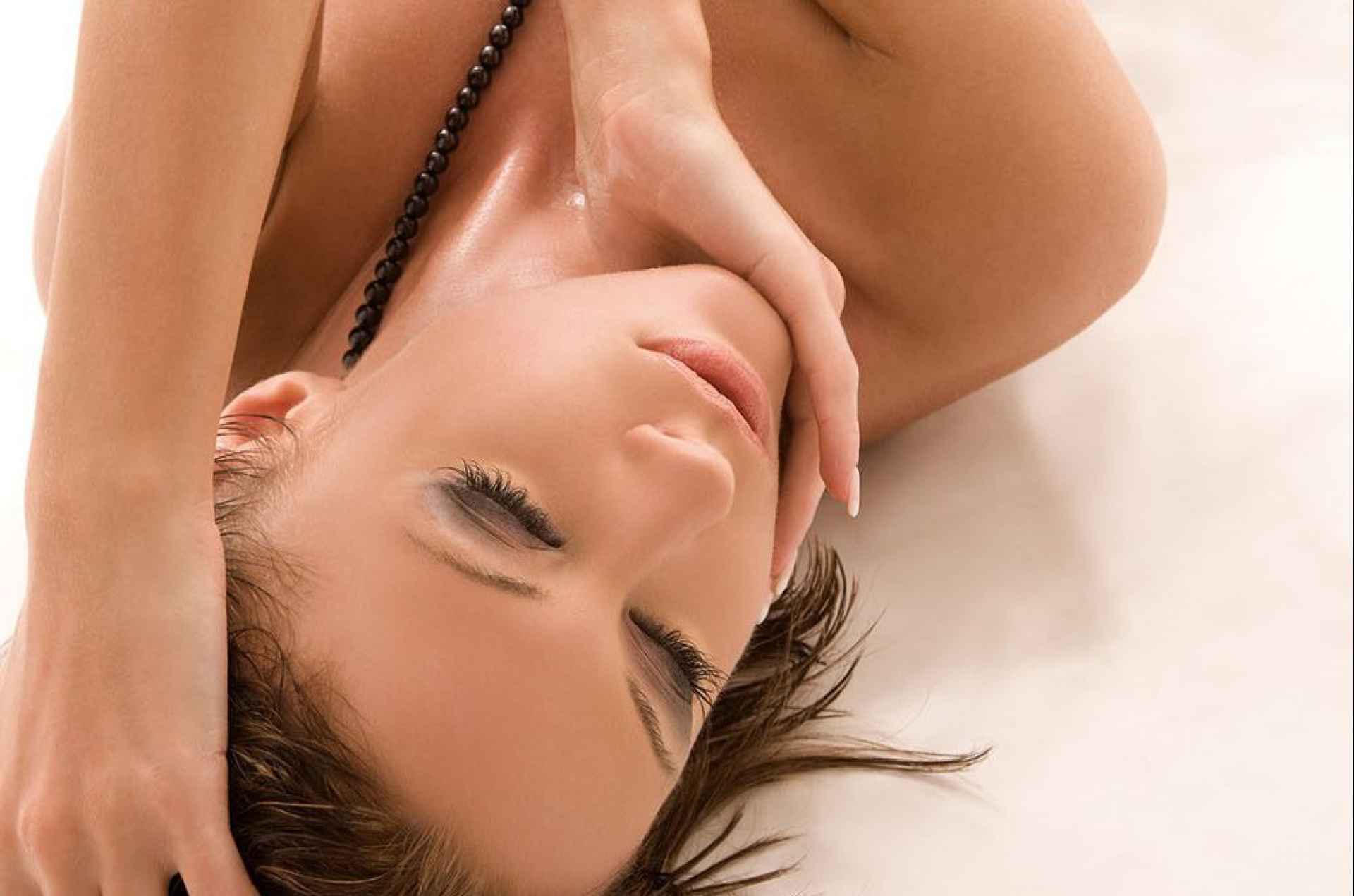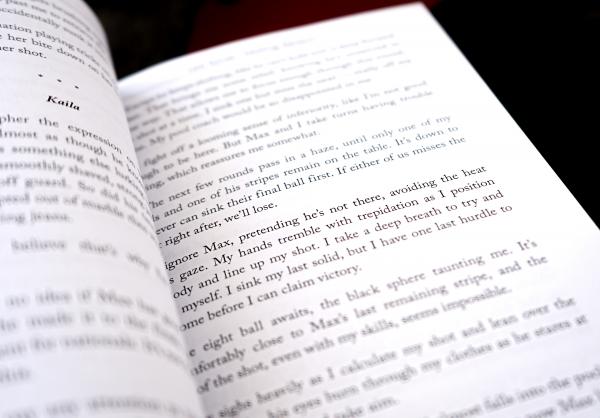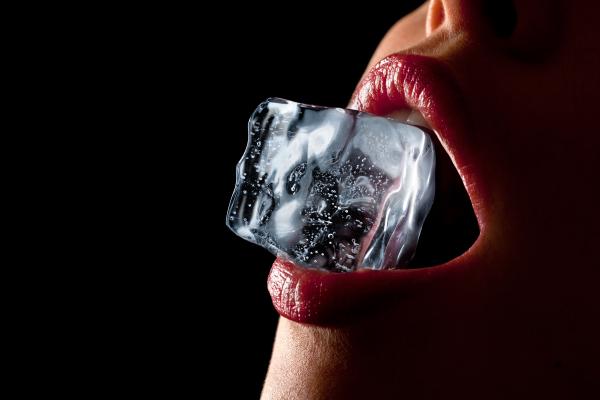The Desire Spectrum


By Danielle Page
Frankly, the "desire spectrum" really is a way of attempting to establish the difference between "desire" and "arousal."
Desire vs Arousal
Arousal is the physical response in a woman where she may experience vaginal lubrication and other signs of sexual response. However, this can be independent of desire, which is the actual psychological interest and attraction to someone (or some fetish).
To clarify; regarding the "desire spectrum," what I meant was while women may potentially have intercourse and appear to be receptive based on some physical appearances (i.e., lubrication, etc.) they may not have the internal desire.
Based on my observations, genuine desire in women can stem from three different areas. However, these areas are often experienced together.
Mental Desire
First, desire for sexual intercourse can come from mental interest and desire. For instance, if you are a CIS heterosexual female and find Antonio Banderas attractive, having him as a lover would likely cause more desire than being with an older actor like Anthony Hopkins.
However, if a woman was truly interested in the mind of Anthony Hopkins, she might find him more desirable. While there are trends that suggest looks are more important, "beauty" truly does lie in the eye of the beholder. It also isn't talked about much in our culture, but many women find their partners over time less attractive physically, and this can result in them having less desire for them.
The approach I suggest when this happens is to help women explore other aspects that potentially create desire, while they focus on the mental aspects that they find interesting in their partner.
Desire resulting from effective physical stimulation
What if the above woman's Antonio Banderas was absolutely incompetent at physically stimulating her? While her mental desire might be high, effective physical stimulation is still needed. This is where women's partners, who don't meet the woman's ideal standards appearance-wise, can really catch up. Having a less-attractive partner who his highly effective at physical stimulation – and who can time their stimulation to work with the flow of the woman's sexual response -- can frequently help women increase their desire for intercourse.
This is a paradox where a woman may not have desire for intercourse initially, but if their partner takes the time to massage and touch them in the right ways, desire can arise.
One technique Dr. Steve McGough developed that can help couples re-spark their desire is what I call "Intimacy Massage." This is an evolution of the "Sensate Focusing" techniques created by Masters & Johnson. This is a non-sexual massage couples can do that increases connection, intimacy and desire while helping them get in better sync with each others rhythms.
However, I should note that if the woman is in a scenario where she truly is not attracted to the partner for whatever reason, she might exhibit signs of arousal, but not true desire. The challenge is that the only person that truly knows if the woman has desire is the woman. So, it's very important she feel comfortable telling her partner what is going on.
Desire from physiology
Both general health and cyclic changes in hormones can profoundly impact desire in women. Chronic stress and the resulting elevated cortisol (and other stress hormones) levels can profoundly reduce desire. Conversely, rest and reduced stress help increase desire.
Hormonal changes monthly and (for some) from certain foods and herbs (such as maca root powder, etc.) can increase the hormones that are related to an increase in desire. As well, certain sensory inputs, such as smells (pheromones), appear to potentially increase desire in women, particularly during certain hormonal cycles.
This is an area of intense focus by drug companies for creating "female viagra" drugs. Originally, companies such as the maker of Viagra tried to see if it would increase sexual activity in women. It did produce similar physiological responses in women (i.e., increase blood flow to the clitoris, etc.) but had no impact on women's actual desire or interest for intercourse. Newer drugs, such as Addyi, are attempting to modify women's brain chemistry to achieve this. However, it's still a very new field.
The good news about the drug companies’ interest, in my opinion, isn't the drugs but the money spent increasing the medical communities (and general public's) acceptance of the importance of women's sexual health.
Cheating
If a woman discovers her partner is cheating on her, odds are high that this will cause her to lose interest in having intercourse with him. This drop in desire can come from the feeling of betrayal, as well as concern about possibly contracting sexually transmitted diseases. However, in some cases it my cause the woman to desire to have sex with her partner in an attempt to try to keep him in the relationship. It can also cause some women to seek out other men in an act of revenge against her partner’s infidelity or to help them feel that they are still sexually desirable.
Of note: According to some studies, the more women fake orgasms with their partners, the more likely they are to cheat.
Relationship Stages
As women progress in the relationship, hopefully both trust and deeper intimacy develop. This deeper connection tends to increase women's desire for sexual intercourse or at least have less inhibition towards the act. I suspect this may be due to less concern about STD/STI or getting pregnant (and its implications).
Setting the Mood
Being in the right mood (and having the right mood set) helps align the above mental (attractive view, dinner, etc.), physical (being in a location where this is possible) and physiological (i.e., less stress and feeling "safe") factors that are important for women's desire for intercourse to build.
One approach, created by Dr. Steve McGough, uses a massage technique first for full body massage, and then for pelvic massage while the woman is still clothed. The clothed aspect helps women with body image issues.








